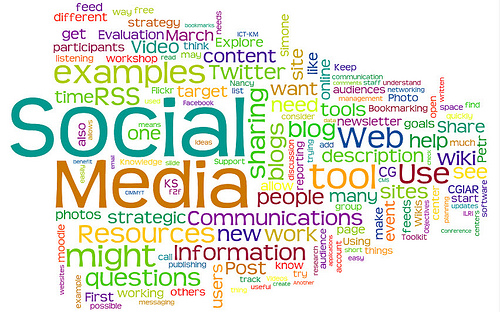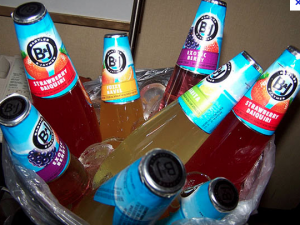By Amanda Smyth Connor
This was a big year for social media as a whole. We saw some amazing success stories and some epic fails (I’m looking at you, @KitchenAidUSA)
New and wondrous social media tools popped up that let us track everything from user insights to Twitter mapping. And it felt like those of us in social media positions finally started to get a little respect! Finally! Companies embraced us as equals and stopped seeing us as interns who were adept at surfing Facebook! VICTORY!
But enough time has been spent on reflection and the efforts for the coming year are focused on strategy.
Here are the big questions we are evaluating for the coming year:
1. Which social sites will expand and which will fizzle out?
2. Of the many tools that have emerged, which are worth our time?
3. How much weight should we put on various analytics and what specific analytics should we focus on?
4. How is our audience evolving? How can we continue to create content that will engage and wow them?
5. What’s in the pipeline for the coming year? What BIG news are we planning?
6. How will we work to align social media strategies and needs across the company?
7. Have we identified talent and social media authority figures in our company?
When working as a social media freelancer, keep in mind that strategy is just as important as execution. Being able to shed light on the big picture and long range strategy recommendations will make you an invaluable asset to any company.
Amanda Smyth Connor is a social media manager for a major publishing company and has managed online communities and content development for many start-up and Fortune 500 companies. She has been a professional editor for more years than she can remember.




